Comments / Questions (7)
![]() Els Beelen - Van Der Gaarden wrote:
Els Beelen - Van Der Gaarden wrote:
Ik begrijp het niet helemaal. Als ik kijk door welk garen Silke Alpaca vervangen kan worden krijg ik garens van categorie C. Maar in een van de antwoorden hiernaast schrijft Drops Design dat dit garen in categorie A valt. Wat is nou juist?
17.10.2024 - 19:21DROPS Design answered:
Dag Els,
Silke Alpaca valt in categorie C. Als vervanging van categorie C kun je 2 draden van categorie A gebruiken.
17.10.2024 - 21:03
![]() Ingalill Uyanik wrote:
Ingalill Uyanik wrote:
Jag vill så gärna sticka en filt i detta mönster, men kan inte sticka efter diagram, finns inte mönstret i skriven form. Mönstret heter vågor.
14.10.2024 - 07:16DROPS Design answered:
Hej Ingalill. Nej vi har det dessvärre inte i skriven form, men jag tror du klarar att sticka det enligt diagram. Du hittar mönstret i en babyfilt t.ex. i DROPS Baby 33-4. Läs gärna lektionen Hur man läser stickdiagram. Lycka till!
14.10.2024 - 09:09
![]() Vicky wrote:
Vicky wrote:
Hallo, ik heb zonet geprobeerd om via de garenvervanger een alternatief te vinden maar kreeg geen enkel resultaat. Zou u mij kunnen laten weten welk alternatief garen ik best gebruik? Of in welke categorie ik best zoek? Veel dank alvast.
04.05.2024 - 12:13DROPS Design answered:
Dag Vicky,
Dit garen valt in garencategorie A, dus je kunt in principe alle garens uit die categorie kiezen. Zie deze link voor instructies hoe je de hoeveelheid berekent.
05.05.2024 - 11:26
![]() Lisbeth Meyer wrote:
Lisbeth Meyer wrote:
Jeg vil lave str s/m, men vil gøre den længere. Hvordan gør jeg det , så mønstret passer? Hilsen Lisbeth
22.04.2020 - 10:55DROPS Design answered:
Hej Lisbeth, du kan følge maskeantallet til den mindste størrelse men følge målene til den største størrelse, du gentager da M.1A, det antal gange du vil have den længere :)
22.04.2020 - 11:15
![]() Pirjo Vauhkonen wrote:
Pirjo Vauhkonen wrote:
Hei! Miten nuo kavennuskerrokset tehdään???
03.06.2015 - 12:51DROPS Design answered:
Kavennukset tehdään piirrosten mukaisesti, eli esim. piirroksessa M.1B tehdään enemmän kavennuksia (2 s oikein yhteen) kuin langankiertoja.
05.06.2015 - 14:11
![]() Nicole wrote:
Nicole wrote:
Hallo- Ist die Wollangabe richtig? Auf dem Bild sieht es nicht nach "haariger" Alpaca Silk Wolle aus... Bevor ich diese teure Wolle bestelle, wäre es gut, eine Bestätigung zu bekommen, dass es auch die richtige Wolle ist. Haben Sie eventl. einen Vorschlag, mit welcher anderen Wolle man das Schultertuch stricken könnte? Im Voraus vielen Dank für Ihre Mühe!
05.02.2014 - 16:38DROPS Design answered:
Liebe Nicole, es handelt sich nicht um Alpaca Silk, sondern um SILKE-ALPACA, eine Auslaufqualität. Alternativen finden Sie, wenn Sie "GARNALTERNATIVEN" im grauen Balken neben dem Foto anklicken.
07.02.2014 - 07:40
![]() Dardilhac wrote:
Dardilhac wrote:
Quelles sont les mesures exactes du modèle : le bas 58 ou 73 ou 87 multiplié par 2. Ex 87 x 2 = 174 de tour. Echantillon 20 m pour 10 cm soit pour une largeur de 174 cm : 448 m (alors que vous préconisez 300m - où est l'erreur ? Merci de me répondre
01.11.2012 - 12:20DROPS Design answered:
Bonjour Madame Dardilhac, les mesures sont prises, ouvrage posé. Pour la plus grande taille, on monte 358 m soit 348 m en point fantaisie = 174 cm + 5 m de bordure au point mousse. Bon tricot !
01.11.2012 - 13:43
Lagoon Ripples |
|||||||||||||
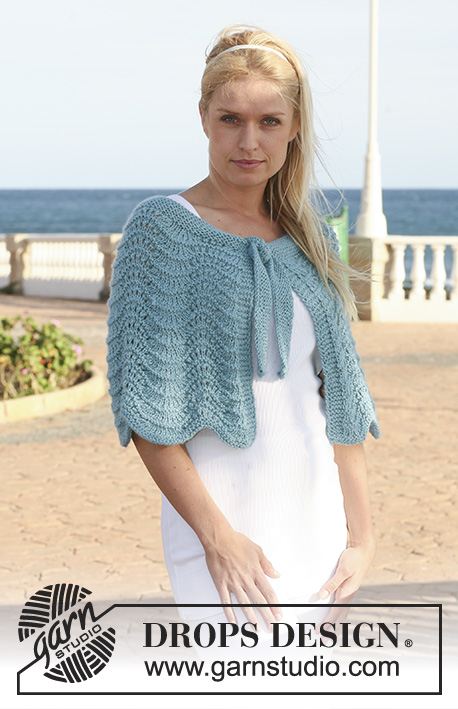 |
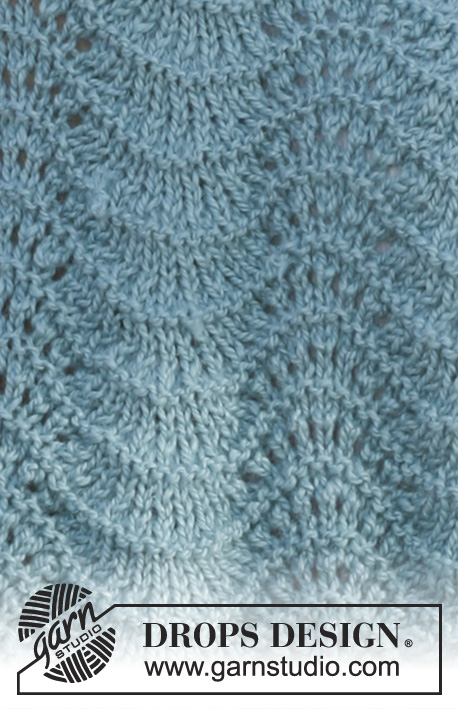 |
||||||||||||
Knitted DROPS cape with wave pattern in ”Silke-Alpaca”. Size S - XXXL.
DROPS Extra 0-536 |
|||||||||||||
|
GARTER ST (back and forth on needle): K all rows. WAVY PATTERN: See diagram M.1A, M.1B, M.1C and M.2. The diagrams show the pattern from the RS. MEASUREMENT TIP: Because of the weight of the yarn all measurements should be done whilst the garment is hanging, otherwise it will be too long when worn. -------------------------------------------------------- CAPE: Worked back and forth on circular needle. Cast on 242-300-358 sts on circular needle size 5 mm. Work 4 rows garter st – SEE ABOVE! Continue in wavy pattern – SEE ABOVE – on next row as follows: 5 garter sts, M.1A on all sts until 5 sts remain, 5 garter sts (the 5 garter sts each side = front bands, worked in garter st throughout). REMEMBER THE KNITTING TENSION! After 2-3-4 vertical repeats of M.1A work 1 vertical repeat of M.1B = 226-280-334 sts. Now work 1-2-2 vertical repeats of M.1C and then 1 vertical repeat of M.2. After M.2 there are 146-180-214 sts on row. K 1 row on all sts, AT THE SAME TIME dec 29-36-42 sts evenly (K tog every 4th and 5th st) = 117-144-172 sts. Piece now measures approx 38-44-46 cm - SEE MEASUREMENT TIP! Change to circular needle size 4.5 mm and continue in garter st back and forth on needle, AT THE SAME TIME cast on 46 new sts for tie strings at the end of the next 2 rows = 209-236-264 sts. Cast off after 4 cm garter st. |
|||||||||||||
Diagram explanations |
|||||||||||||
|
|||||||||||||
 |
|||||||||||||
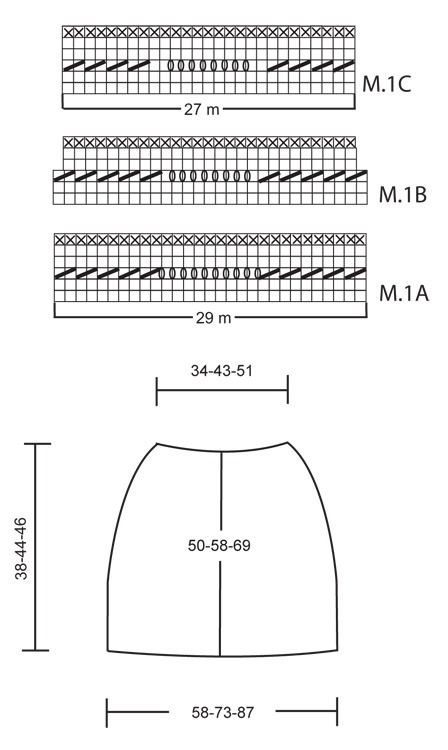 |
|||||||||||||
Have you finished this pattern?Tag your pictures with #dropspattern or submit them to the #dropsfan gallery. Do you need help with this pattern?You'll find 12 tutorial videos, a Comments/Questions area and more by visiting the pattern on garnstudio.com. © 1982-2025 DROPS Design A/S. We reserve all rights. This document, including all its sub-sections, has copyrights. Read more about what you can do with our patterns at the bottom of each pattern on our site. |
|||||||||||||







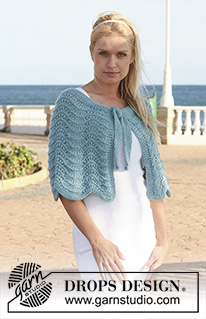
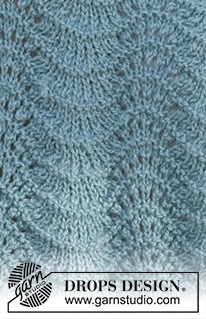


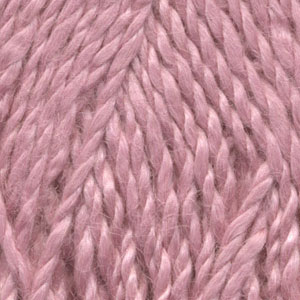





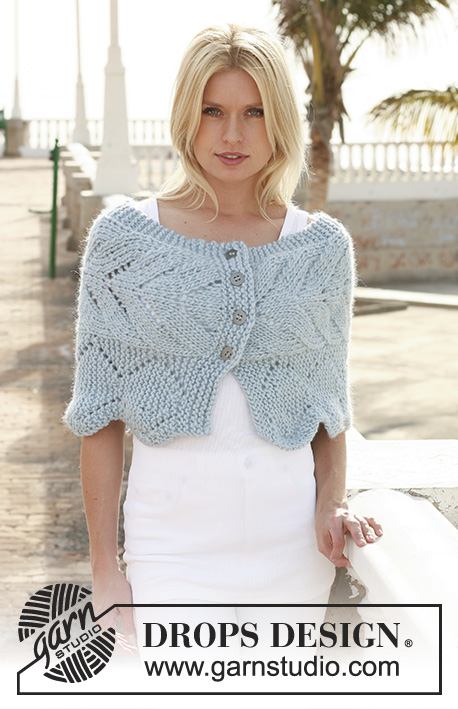
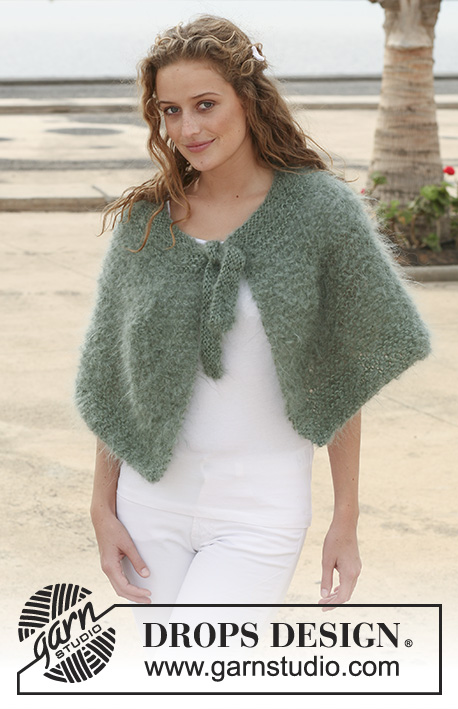
















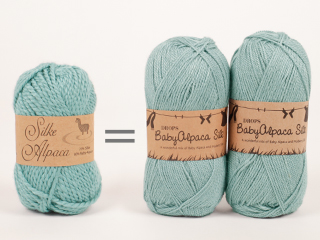





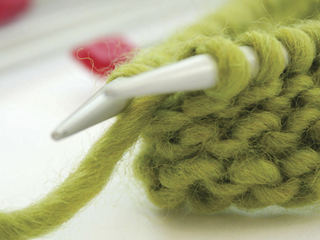




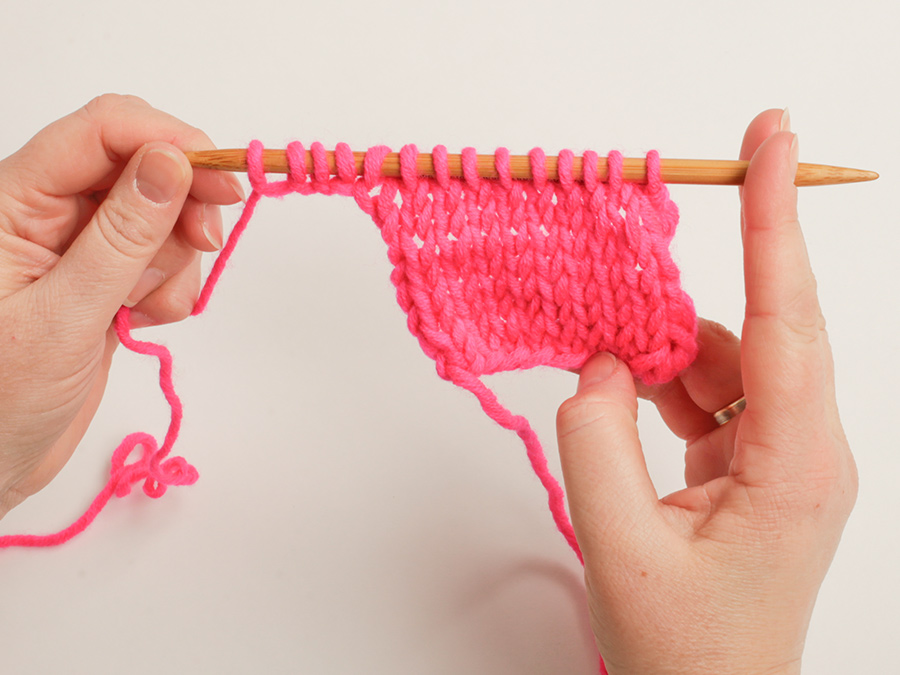


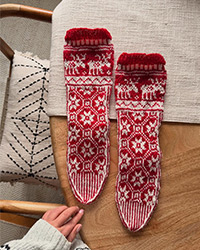


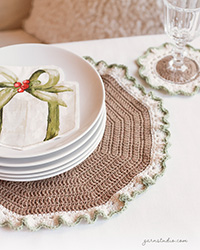
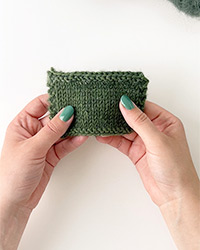

Post a comment to pattern DROPS Extra 0-536
We would love to hear what you have to say about this pattern!
If you want to leave a question, please make sure you select the correct category in the form below, to speed up the answering process. Required fields are marked *.